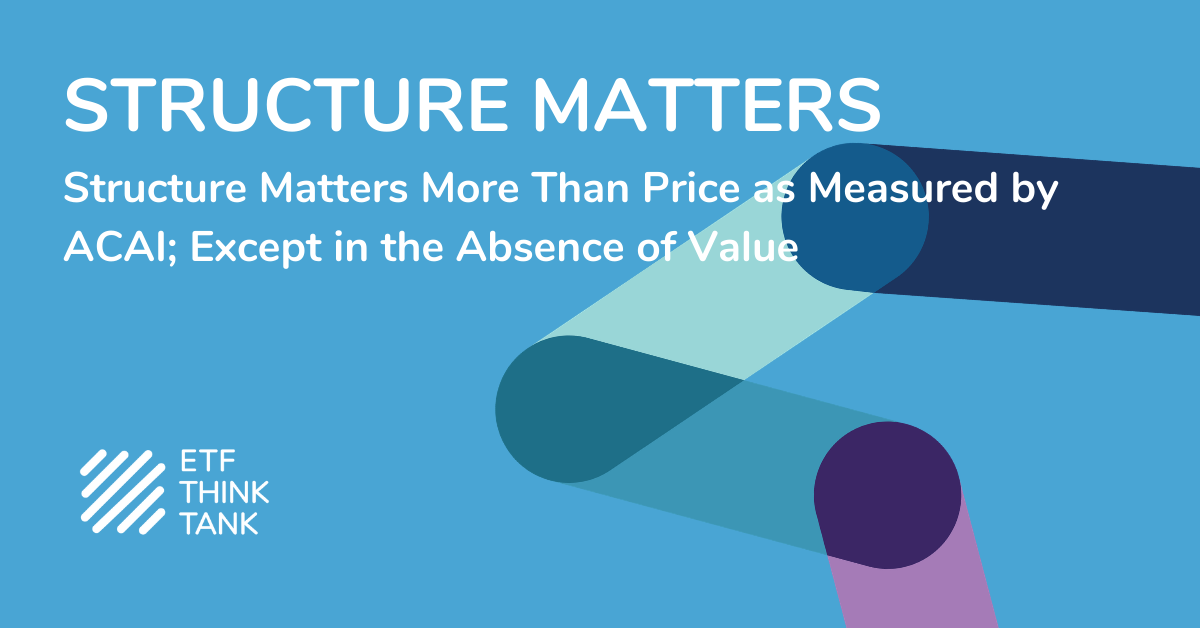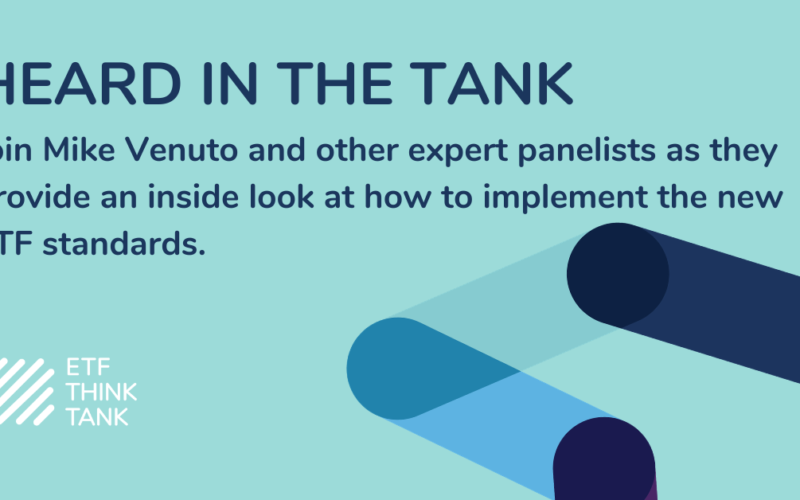Spank! Low Vol’s Failure to Deliver Leads to a Decline in AUM in 2020:
Despite all the AUM growth from the years 2009 through 2015 AUM growth has stalled for these launches. The reasons are not always clear; except that the minimum or low volatility factor did not work with the established strategies – specifically SPLV and USMV which were both launched in 2011. Curiously, strategists at the ETF Think Tank often compare SPLV, USMV and a newer solution VSMV (launched in 2017) and find very little overlap in the use of this factor. Time will tell, but clearly we are starting to see a real dispersion on how this factor is assessed.
Structure Matters…and sometimes newer methodologies take into consideration new evidence and changes in market circumstances that fit the construction better. So often investors forget that past market performance is only as good as an honest back test.

Low Cost Solutions Lose Out in Emerging Markets
We hosted a conference call targeting the emerging market on June 2, (replay available upon request). The Emerging Markets Internet and E-Commerce ETF (EMQQ) is a great example of ACAI in that it was a “First” to provide Access to this theme across EM and has delivered huge Alpha over Low Cost Solutions. Launched in 2014, it has AUM of $563 million and captures the broad trend by emerging market consumers in e-commerce.
There is $150 Billion allocated to Emerging Market Equity ETFs and $129 billion in AUM across “Low Cost Solutions.” As the chart below illustrates EMQQ has outperformed VWO, IEMG, EEM SCHE and EEMV since inception; the funds that make up the $129 Billion in AUM. Ironically, SPEM at 11 bps beats VWO at 11 bps and is the lowest cost and the sixth largest ETF in the ETF category. Does this make $129 Billion in low cost broad market solutions wrong? Why so many investors are penny wise and pound foolish astonishes me, but perhaps this is changing? Outflows in IEMG, VWO, EEM and EEMV YTD have been $4.9 Billion, $3.88 Billion, $4.9 Billion and $851 million. Inflows into EMQQ are $96.89 Million YTD.
TETF.Index Performance vs. Select Sector Index

Returns as of May 31, 2020.
|













